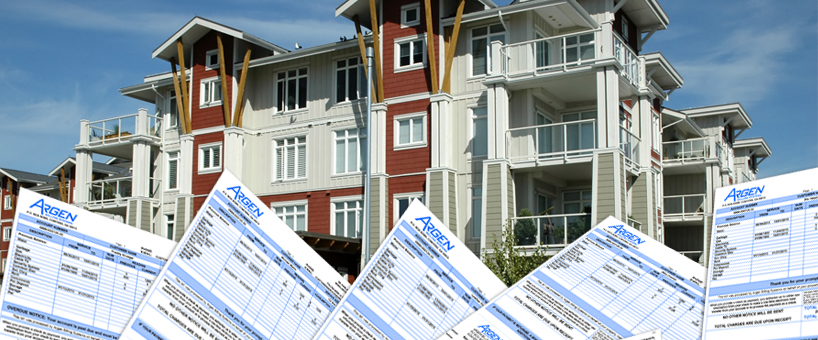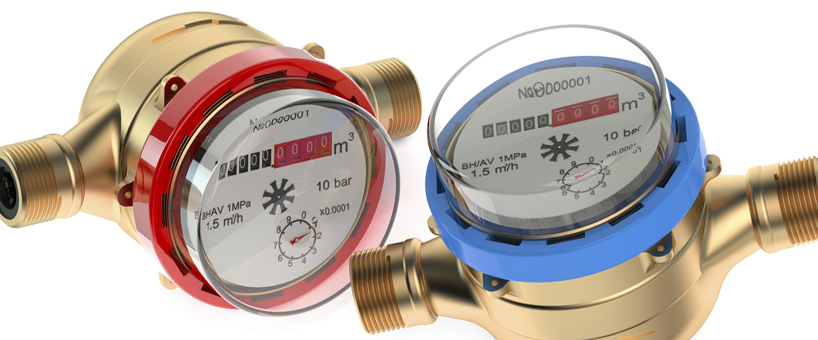Utility Billing
Comprehensive Utility Management
Tap Into Superior Service at Every Turn
We have the valuable and all-too-rare ability to anticipate and solve problems with the full scope of utilities, including water, electricity and gas. Our insight & expertise extend to virtually any kind of installation such as:
● Multi and single family housing.
● Office, retail, commercial sites.
● Municipal and government locations.
● Institutional complexes.
● Manufacturing and Industrial facilities.
Utility Billing Methods
- Total Capture
- Hot Water Allocation
- Rubs
Resident Bill-Back Programs

Our past makes our selection as your utility management provider the obvious, intelligent choice for your future. The company was founded in 1982, when utilities were almost universally included "free" with rent, and conservation concerns were practically unheard of. Argen started as an energy control and conservation firm. We began promoting water conservation before most property owners or managers even realized there were viable ways to control consumption. Years of analyzing utility usage and problem solving have clients everywhere depending on Argen.
The size of resident bill amounts depend upon the usage and the rates of the primary supplier, and widely varies. W/S bills can range from a monthly average $15 in Memphis, to over $100 in Atlanta. High end bills can be over $400 per month in high rate municipalities. Many w/s utilities use high fixed base rates, giving minimal bills of over $35.
